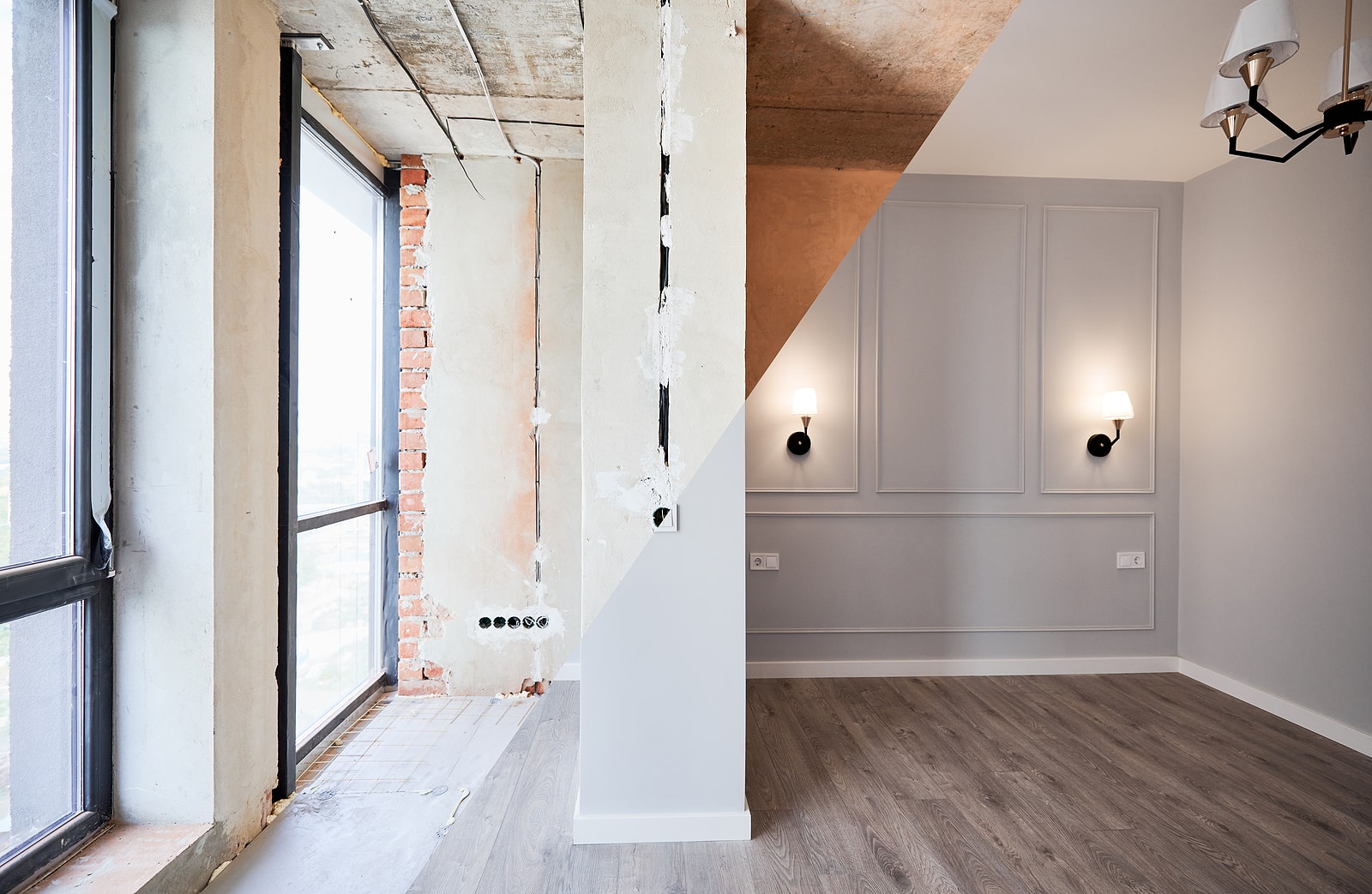
In the wake of the hot housing market, it may seem a bit too soon for any home for sale not attracting buyers and not selling. But the market is transitioning, and we may start seeing homes not selling and sitting on the market for longer than we’ve grown accustomed to.
Bloomberg’s Natalie Wong and Chris Fournier refer homes that are not selling as “the chill.” And, the cooling of the once national, red-hot single-family home market may be contemplating extending its icy fingers into our local market as well.
Chalk it up to higher borrowing costs if you like. The fact is home “Showing activity across the U.S. is down 8.8% from October,” according to research from the ShowingTime Showing Index®.
Don’t let this frighten you out of the market. Instead, as your real estate representative, we urge you to consider the following steps if your home seems to be languishing on the market.
1. Reduce the price
The most common reason that a home is not selling and just sits on the market is price. Homebuyers know when a home is overpriced, and their real estate agents certainly know. Consider the following:
- Nearby homes, similar to yours, are priced lower than yours.
- Showings of your home are few and far between.
- You have received no offers in the first two to three weeks the home is on the market, or offers that you do receive are below your asking price.
These are all indications that your home is overpriced. There is no shame in a price reduction. In October of last year, “… homes that were not selling after more than 120 days saw prices reduced by an average of 15.8%,” according to Lucia Mutikani at Reuters.com, citing data from the National Association of REALTORS®.
To avoid such a hefty reduction in what you’ll walk away with, lower the price sooner, rather than later.
Real estate markets can change quickly, so we’ll check current conditions and advise you on a new price, if necessary. We often find that when a home is not selling, when homeowner reduces the price, traffic picks up.
2. Make some cosmetic changes
Feedback from potential buyers who tour your home is invaluable both for you and for your agent. We actively solicit this feedback to help us determine if the condition of the home is keeping buyers from making offers.
The information helps the seller understand which changes to make, what to update, and what to spiff up.
Sometimes fresh paint will do the trick but don’t be surprised if buyers are turned off by something that’s more expensive to fix, such as flooring.

3. Beef up the marketing plan
Compelling advertising of a home is critical. As your listing agent, we will be considering what tweaks we can make to our marketing plan. If we feel that we’ve missed the mark on that point (which really rarely happens), we’ll look at additional ways to make your home stand out. A couple of years ago, I created a marketing plan using a scenario of a home that would not be all that attractive to potential buyers in a hot seller’s market. The result has been amazing and by using creative strategies, the result has been amazingly positive! I have turned were not selling and ended up expiring on the market into homes that went under agreement within a week. The strategy of putting a “For Sale” sign in front of a house and hoping the phone will ring, that buyers will line up at an open house, and offers will magically pour in is frankly just lazy. An agent has to list and market the house….AND FIND THE BUYER!
4. How’s your flexibility?
Yes, it’s challenging to have to keep your home model-perfect while it’s on the market and it’s easy to become annoyed when someone calls at the last minute, wanting to view the home.
The more people that come through that door, however, the quicker it will all be over. If you are putting restrictions on when the home can be shown, it may just sit on the market longer than you expected.
Sometimes, real estate markets experience a lull. If your home is in good condition, it’s priced right and you’re Gumby when it comes to flexibility, take a deep breath and relax. It will pick up again.
